 |

|
|
|
|
|
 |
|
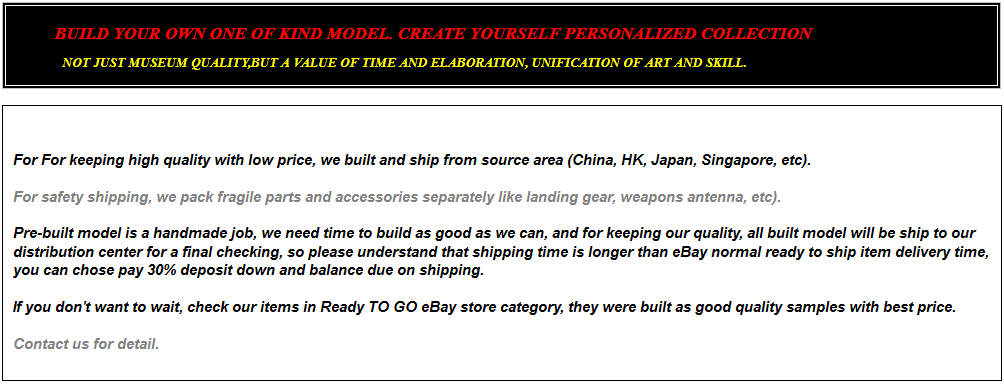 |
|

|
| Item Name:
|
. German Panzerkampfwagen VI. Tiger I Ausf. E, N°332 Schwere Panzer-Abteilung 503
|
| Kits |
.Tamiya
|
|
Scale: |
.1:35
|
| Builder: | .Opel
| | Item Status: | .Built To Order / Pre-Order
| | 
| Detail features:
Award winner built and painted Tiger I early N°332 Schwere Panzer-Abteilung 503 Kursk 1943 with realistic heavy weathering. German Panzer Gray and accurate unit markings. Adding on PE detail up set Top building quality with outstanding details throughout the whole model and very high standard accuracy on every individual part. Tracks with road wheel detail. Rotating turret and gun detail. Add on vehicle tools and more add-on details.
Add on Detail Up Parts:
* Add on brass PE detail up set on engine and deck.
Features:
* Top building quality with great details overall model.
* Excellent exterior features (great rivets, panel lines, and appropriate weld beads).
* The upper hull with plenty of fine detail including weld marks, deck surface details, and more.
* Front machine gun and vision block detail.
* All hatches are open-able with sharp detail on both sides.
* The lower hull realistically reproduced features some nice details such as suspension, axles, and rollers separate for good detail definition.
* High-detailed turret and components including appliqué turret armor and on-vehicle equipment.
* The turret`s loading section, as well as hatch`s, are optional positions.
* Deck with panel and engine net detail.
* Side skirts with detail.
* Muffler with great detail.
* Tracks exhibit great sag detail.
* The road/idler wheels and drive sprockets have detail on both sides with great tooth ring details.
* Detailed suspension with individual link track, each with separate guide horns.
* Many small details include spare tracks, lights, smoking launcher, and more.
* Tools and equipment glued separately to the hull for precision detail.
* Add on metal tow cable and more accessories.
Buffing and polishing to remove mold seam. Base color with primer and putty for better surface detail. Airbrushed and painted with multicolor. Add clear paint for good finishing on decal applying. Washing to enhance the surface detail increase the appearance of depth including panels, doors, hatches, rivets, bolt head, and more. Dry brushing to emphasize and highlight texture with an edge for good wear, tear, and fading. Multi-color filters for blend color effects. Add nonglossy paint for better finishing. The great detail paint job on rust and paint chips off with scratches, worn and bare metal realistic simulating, flow rust and rain streaks effects, grease with staining appearing, engine smoking and muffler burned representing. Also, smear and dirt with dust and real mud and more on real-life weathering. Final protective layer for long-term collection.

 |
3318
| | | |

|
 |
 |
| 1
Dream Works Hobby |
 |
| 2
Dream Works Hobby |
 |
| 3
Dream Works Hobby |
 |
| 4
Dream Works Hobby |
 |
| 5
Dream Works Hobby |
 |
| 6
Dream Works Hobby |
 |
| 7
Dream Works Hobby |
 |
| 8
Dream Works Hobby |
 |
| 9
Dream Works Hobby |
 |
| 10
Dream Works Hobby |
 |
| 11
Dream Works Hobby |
 |
| 12
Dream Works Hobby |
 |
| 13
Dream Works Hobby |
 |
| 14
Dream Works Hobby |
 |
| 15
Dream Works Hobby |
 |
| 16
Dream Works Hobby |
 |
| 17
Dream Works Hobby |
 |
| 18
Dream Works Hobby |
|
 |
Schwere Panzer-Abteilung 503
The 503rd Heavy Panzer Battalion (German: schwere Panzerabteilung 503; abbreviated: "s.Pz.Abt. 503") was a german heavy Panzer Abteilung (independent battalion-sized unit) equipped with Tiger I and Panzer III tanks. In 1944, it was re-equipped with the new Tiger II. The battalion saw action on the Eastern and Western Fronts during World War II. As with other German heavy tank battalions, it was normally not assigned to a single corps, but shuffled around according to war circumstances. Later the battalion became part of the newly formed Panzer Corps Feldherrnhalle as the Feldherrnhalle Heavy Tank Battalion.
Pz.VI.Tiger I
Design work on the Tiger I initially began in 1937 at Henschel & Sohn in response to a call from the Waffenamt (WaA, German Army Weapons Agency) for breakthrough vehicle (Durchbruchwagen). Moving forward, the first Durchruchwagen prototypes were dropped a year later in favor of pursuing the more advanced medium VK3001(H) and heavy VK3601(H) designs. Pioneering the overlapping and interleaved main road wheel concept for tanks, Henschel received permission from WaA on September 9, 1938, to continue development. Work progressed as World War II began with the design morphing into the VK4501 project.
Despite their stunning victory in France in 1940, the German Army quickly learned that its tanks were weaker and more vulnerable than the French S35 Souma or the British Matilda series. Moving to address this issue, an arms meeting was convened on May 26, 1941, where Henschel and Porsche were asked to submit designs for a 45 tonne heavy tank. To meet this request, Henschel brought forward two versions of its VK4501 design featuring an 88 mm gun and a 75 mm gun respectively. With the invasion of the Soviet Union the following month, the German Army was stunned to encounter armor that was vastly superior to their tanks.
Fighting the T-34 and KV-1, German armor found that their weapons were unable to penetrate the Soviet tanks in most circumstances. The only weapon that proved effective was the 88 mm FlaK 18/36 gun. In response, WaA immediately ordered that prototypes be equipped with the 88 mm and ready by April 20, 1942. In trials at Rastenburg, the Henschel design proved superior and was selected for production under the initial designation Panzerkampfwagen VI Ausf. H. While Porsche had lost the competition, he provided the nickname Tiger. Essentially moved into production as a prototype, the vehicle was altered throughout its run.
| |
 |
 |
 |
 |
 |
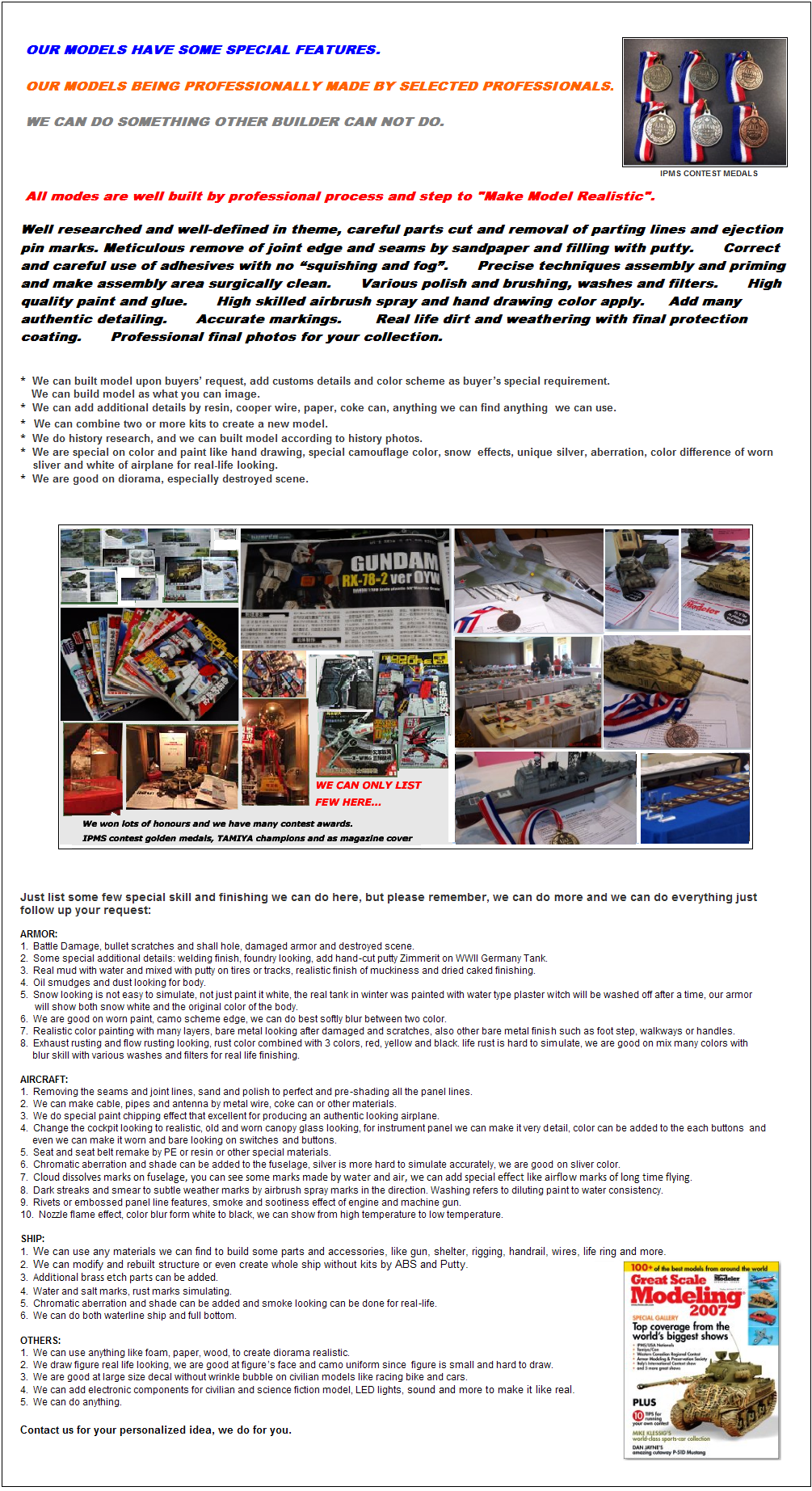
|
 |
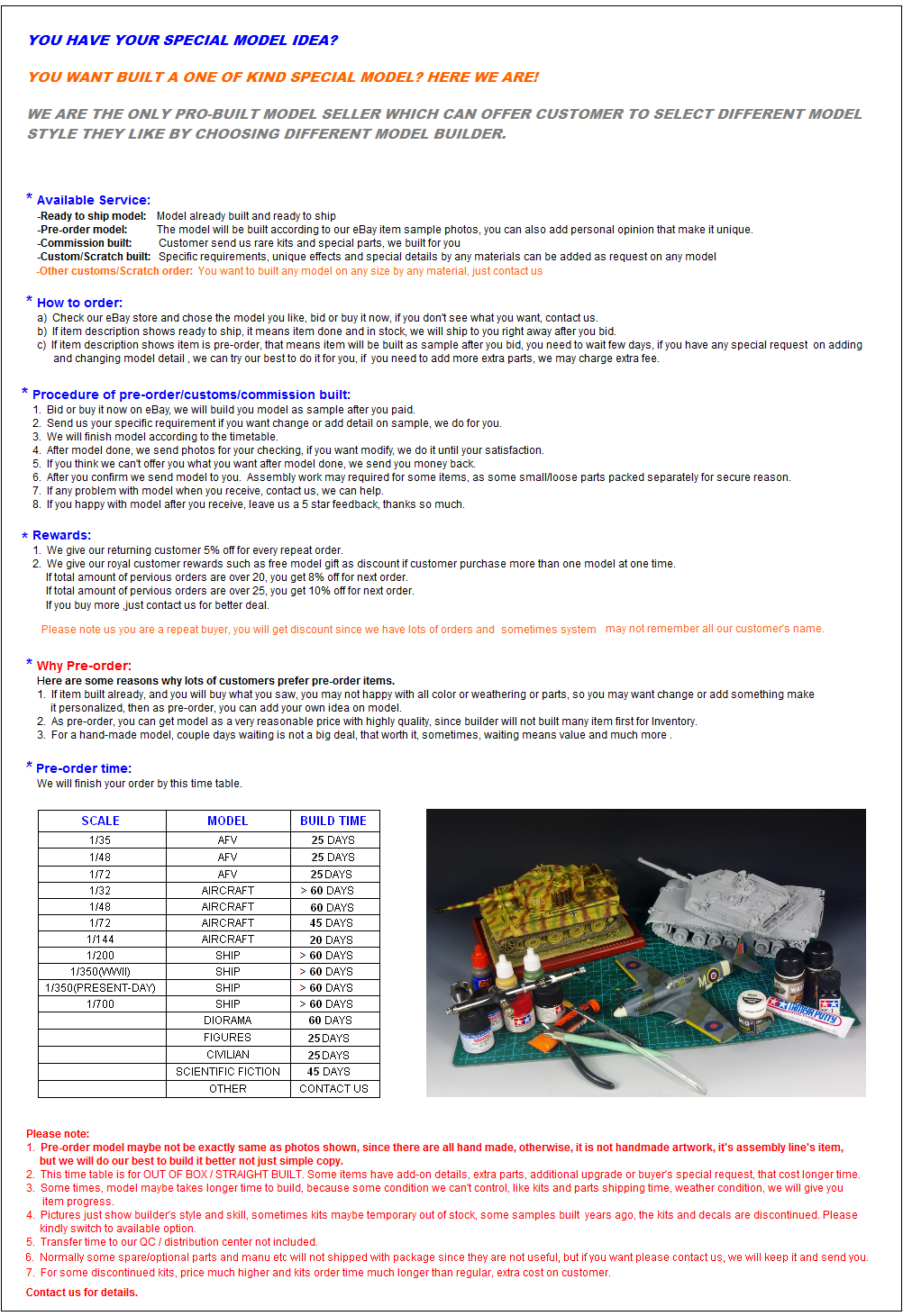 |
 |
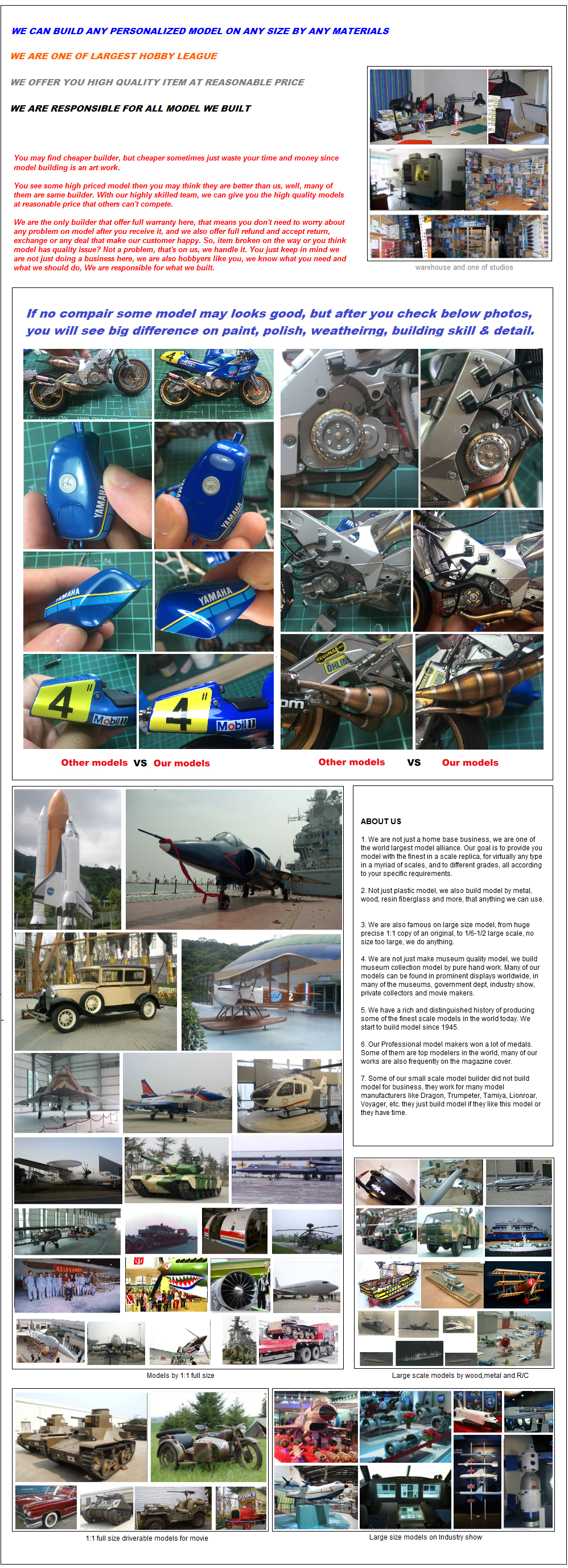 |
 |

|
 |
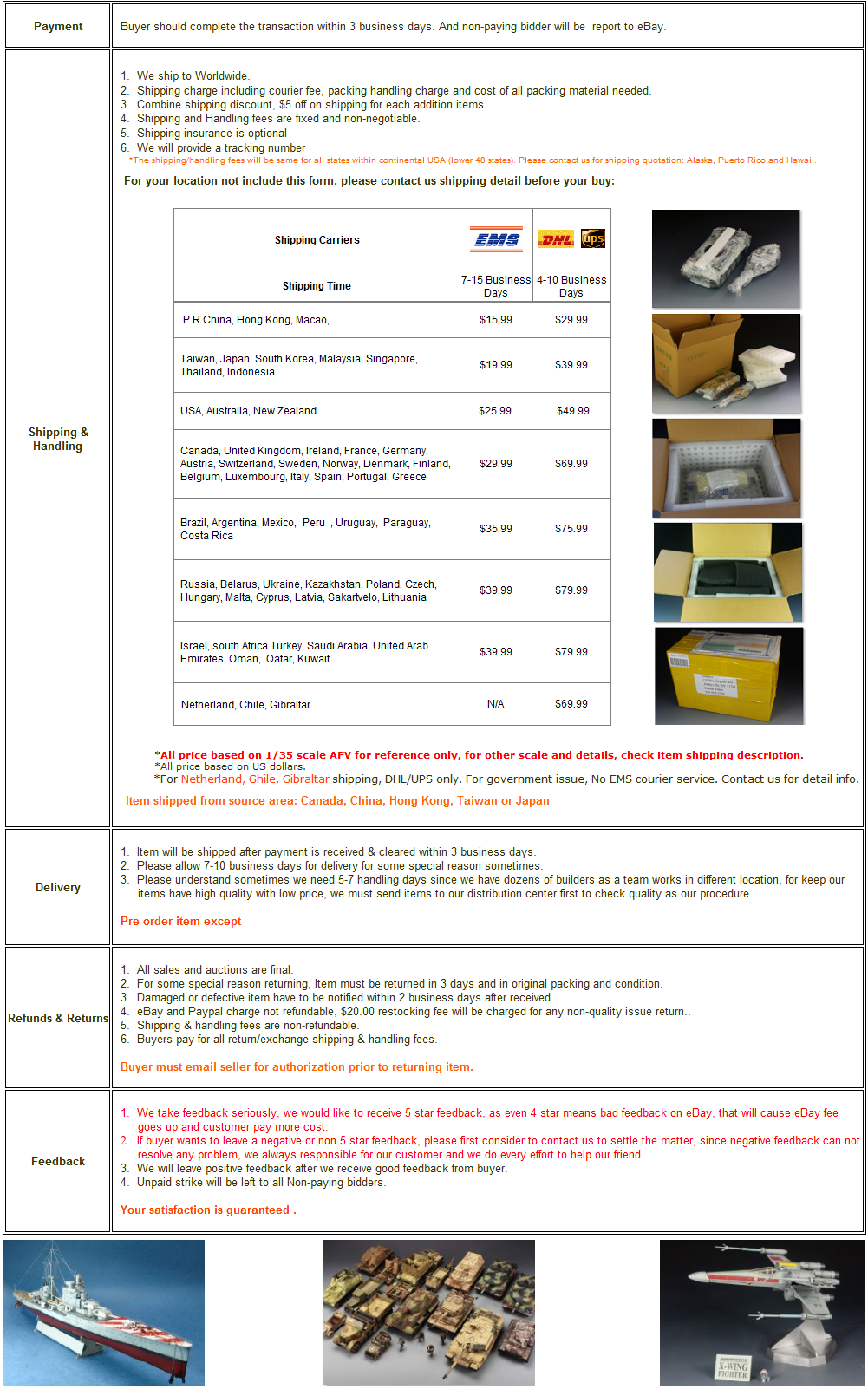
|
 |
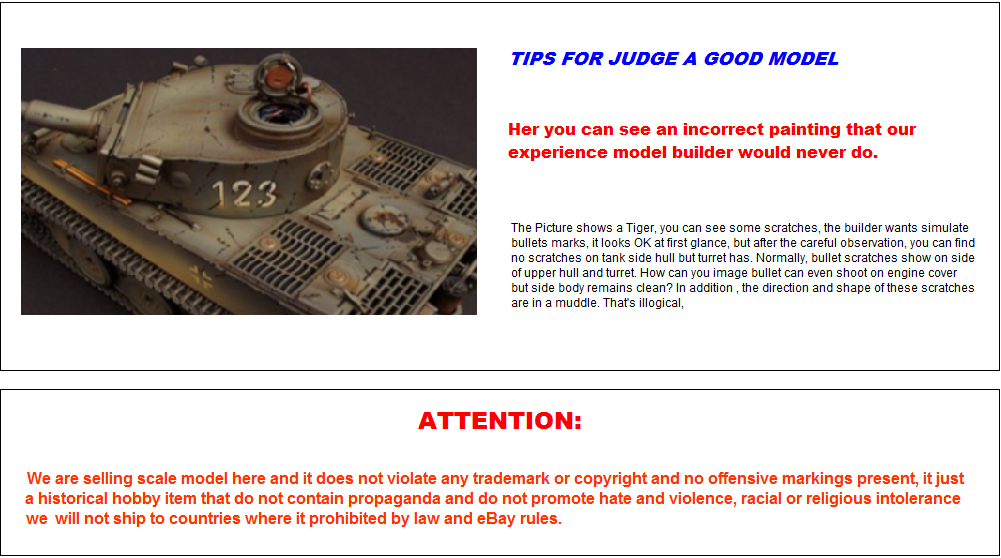
|
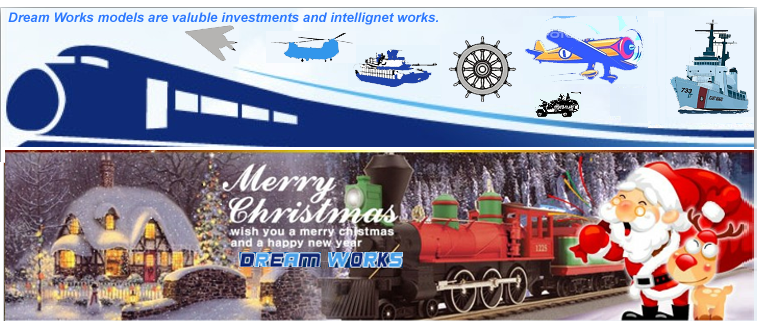 | |